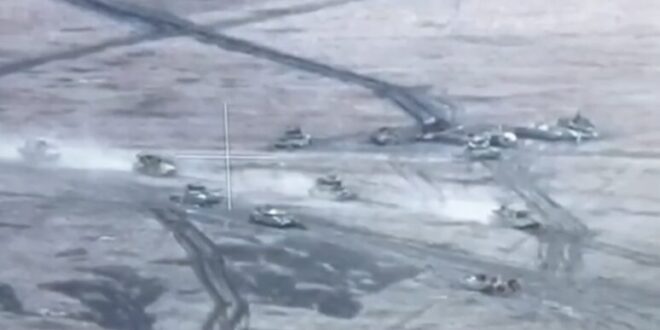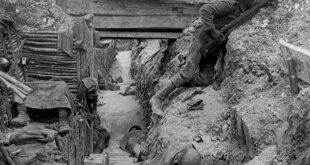What is hiding beneath the protective shell of Russia’s so-called “turtle tank?”
Perhaps only scrap metal, if Ukraine has destroyed it along with other armor at war in Crimea.
Russian forces have modified one of their main battle tanks with some less than cutting-edge protection by covering it with a sheet metal structure so it resembles a shed.
Dubbed the Turtle Tank, videos of the unconventionally adapted vehicle operating on the frontline have been widely circulating – and widely ridiculed – on social media.
One theory is that the modification offers extra protection to infantry riding on the tank.
It has yet to be confirmed what vehicle is hiding underneath the shell, with some sources suggesting that it could be a modified early-model T-72.
There has also been no confirmation of what it was actually being used for, with some speculation that it could also be an attempt at Russia creating an armoured personnel carrier out of a Russian tank.
If the shell-like covering were to be used primarily as a cover from Ukranian explosive drone strikes, the design would prevent any movement of the turret.
However, it would still allow the crew to shoot straight ahead and drop off infantry where they were needed on the frontline.
It remains to be seen if Ukraine will be facing any more Turtle Tanks after its combat debut, as social mediia posts appear to have been enough to expose its location to Ukrainian forces.
The Ukrainians were reportedly able to trace the modified tank to its home base through the use of geolocation. The co-ordinates were then passed along to artillery batteries which opened fire.
This could be the last that is seen of the Turtle Tank, as it remains unclear whether it was destroyed in the barrage.
With reporting from Forces Net
 Soldier of Fortune Magazine The Journal of Professional Adventurers
Soldier of Fortune Magazine The Journal of Professional Adventurers






